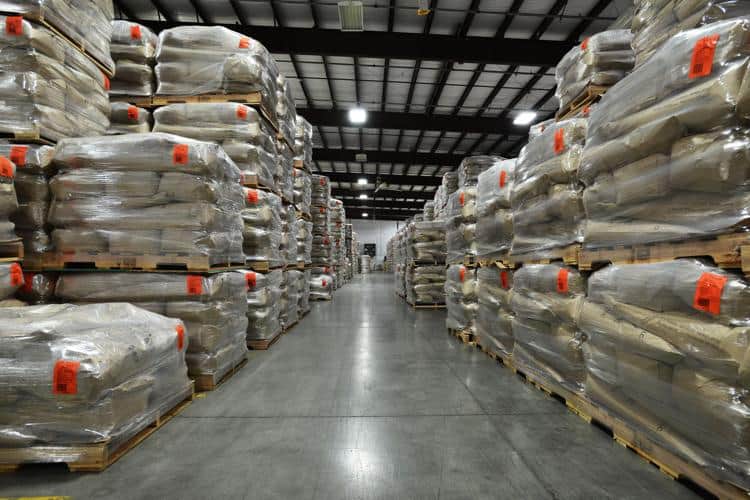
U.S. dairy exports posted a third straight month of decline as demand has weakened and competition from Europe and New Zealand has increased.
May exports dropped 13% year over year in volume as nearly all products fell below year-earlier levels. For the first five months of the year, U.S. dairy exports are down 4% in volume and 7% in value, according to the U.S. Dairy Export Council.
Cheese exports in May were down 18% year over year, the largest volume decline since the summer of 2015, when the Russian embargo on European Union cheese led EU suppliers to shift their focus to burgeoning U.S. export markets, William Loux, USDEC vice president of global economic affairs, said in the U.S. Dairy Exporter Blog.
Low-protein whey exports in May were down 28% year over year. Nonfat dry milk/skim milk powder was down 3%.
Whey protein concentrate 80+, which contains more than 80% protein, was the sole growth category, with exports up 17% year over year.
“Low prices and an increase in available supplies for WPC80+ and WPI (whey protein isolate) are clearly helping support export growth,” he said in the blog.
“However, the high prices that persisted throughout 2022 have burned off demand in some critical markets that were launching new protein-fortified product, particularly in South Korea and Southeast Asia,” he said.
USDEC doesn’t recommend overemphasizing one month’s exports but focuses on what the data reveal about market conditions.
“Ultimately the data reflects the saturated condition of the global dairy market as economic headwinds dent demand in Asia and the United States’ global competitors maximize the benefit of improved supply,” he said.
The loss in cheese exports reflects uncompetitive U.S. prices that persisted into the first quarter of 2023. Cheese exports in May declined 59% to South Korea year over year and 44% to Japan, the two largest markets for U.S. cheese exports. They also declined 40% to the Middle East and North Africa.
“Those three markets remain some of the most highly competitive in the world, with the U.S., European and Oceania suppliers all aggressively vying for market share,” he said in the blog.
On the positive side, cheese shipments to Mexico rose 21% in May. That increase was almost entirely due to a 142% increase in grated and powdered cheese.
But cheese exports to Central American in May fell 27%. They were down 4% to the Caribbean and were flat to South America.
“Moving forward, inflation and lackluster global economic growth are likely to vex consumption,” he said in the blog.
U.S. cheese prices did drop significantly in late April, and U.S. cheese exports should improve. But a sharp upward futures curve is likely to limit a rally to July and August until demand improves or the futures market aligns closer with international markets, he said.
USDEC expects high-protein whey exports to remain a bright spot. But it expects low-protein whey exports to remain subdued due to weaker demand in China for feed and economic headwinds in Southeast Asia denting whey for food use.
























